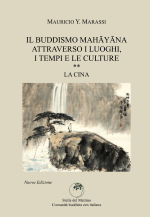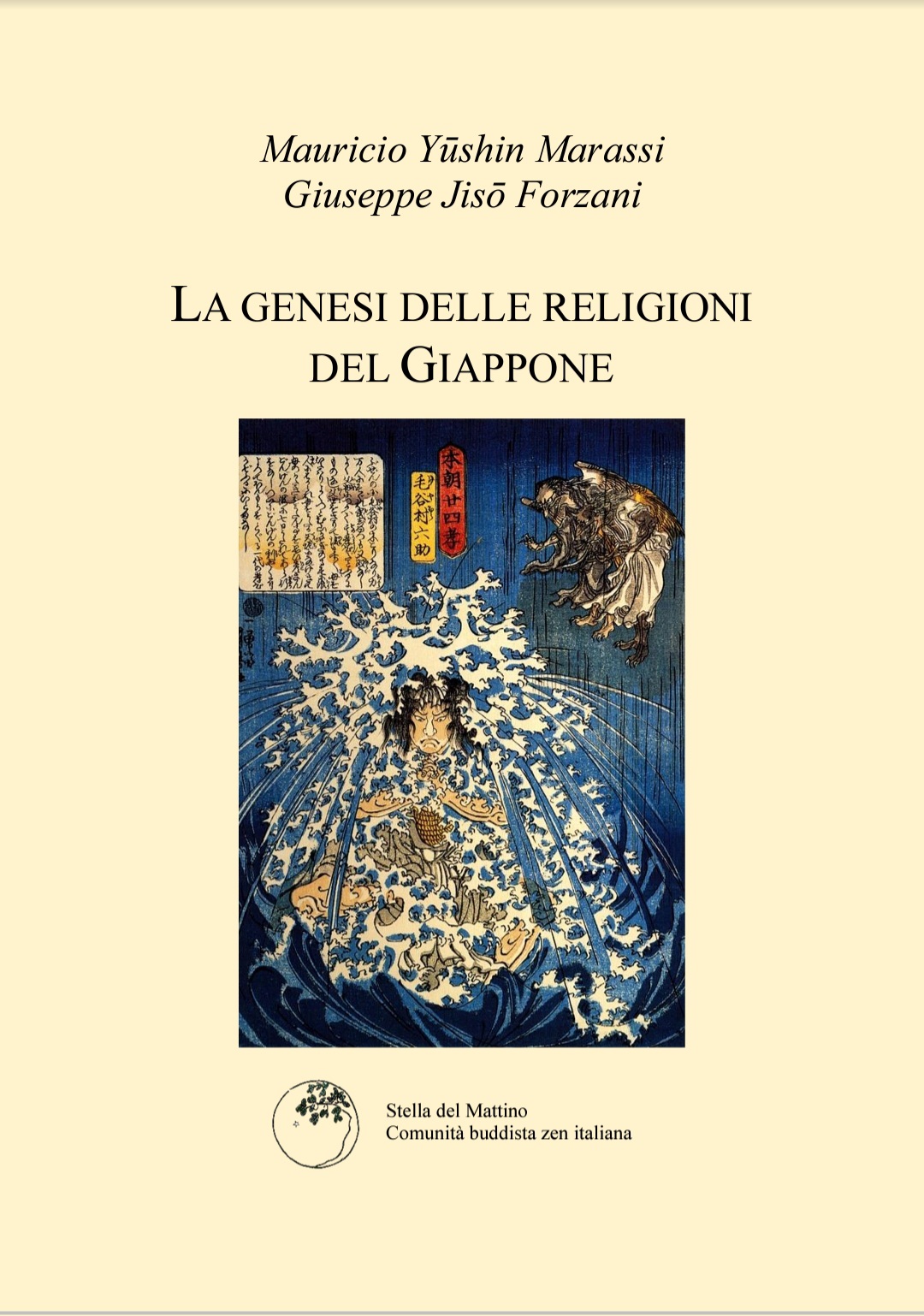Critical comments on the spirit and form of the training course (ango) for Soto Zen clergy, organized at the Gendronnière from September to December 2007 by the Tokyo Soto Zen Shu Headquarters with the cooperation of the European Soto Zen Office
By

To the kind attention of
European Soto Zen Office – Kokusai Fukyo Sokan
Paris
We have been asked by the Soto Zen Buddhism Europe Office to forward our considerations and remarks on the organization of the first ango to be held in Europe, at La Gendronnière (France) from 15 September to 15 December 2007. These considerations and remarks are below. We would also like to take this opportunity to express our views on the present situation and future prospects of the relation between institutional aspects of the Japanese Soto Zen and the reality of European Zen Buddhism.
1. Looking at the preparations for this first European ango, we have grown very concerned that the intention of Soto Zen Headquarters of Tokyo in launching this initiative is to transplant in Europe the Japanese sodo ango system that exists in Japan, with as few changes as possible. From the religious, cultural and historical points of view, we are convinced that that would be a mistake. We are not questioning here the appropriateness of the Japanese Soto Zen ango system in Japan. While it does not necessarily embody the zen Buddhist tradition, this system is effective to educate Japanese monks in the context of Japan’s traditional cultural and social norms.
But we are sure you realize that Europe is a very different world. As Zen monks who, despite our European origins, have gone through the Japanese Soto Zen Shu senmon sodo following completely the Japanese Soto Zen Shu rules, we are well placed to perceive the fundamental dissimilarities between these two worlds.
In our view, to develop genuine Zen in Europe, we need to encourage the emergence of a new sensibility, a new language and, inevitably, a new education system for the clergy. We have to make space for the new experiences and new possibilities that will naturally grow out of the interaction with the European cultures. Importing an already institutionalized clerical system from Japan is moving in a different direction. We don’t need an old Japanese Church in Europe, where, if any, there are already too many churches. A new spirit is needed to renew this world of ours, which, Eastern and Western alike, is old and sick.
Therefore we would not place a rank system for Zen priests, a priest career system, and a priest certification system at the top of the list of Europe’s current needs. On the contrary, we believe that these could contribute to transforming a religious calling into a hierarchical system for the administration of power.
It could be argued that this situation resembles the old times when Zen moved from China to Japan, but we believe that this is not so. The relation between today’s Japan and Europe is quite different from that between China and Japan in the Middle Ages. It would be foolhardy to take this ancient relation as a standard for this new situation, and yet, we are far from sure that this is clear to the Japanese and European partners. It took several century to organize Japanese Soto Zen Shu system as it is now, and this process of organization was in fact a process of adaptation of Chinese ways to the Japanese social and cultural reality. We too will need long to form an education system for monks here in Europe that is genuinely European.
2. It takes years – an entire life even – to help oneself grow into a genuine zen life. While some – like for instance ourselves – have been able to receive part of their zen education inside a foreign culture, this process should naturally take place within the religious, cultural and psychological environment of those who decide to embark on this difficult path. The history of Buddhism shows this very clearly.
We feel that it would be impossible to form a zen monk in Europe with a few yearly three –months stints in a sodo, a place for practice, organized in the Japanese style. If Japanese sodo system works in Japan it is because is conceived inside Japanese society and culture. While we have learnt much from Japanese Zen tradition, the new educational system that we want to create in Europe must spring up from the encounter of Zen spirit and European culture, not from the encounter of Japanese culture and European spirit. This would be a terrible mistake.
Is there a need for a sodo to learn how to perform every kind of ceremonies, which is an important aspect of a tradition? Could this not be achieved through seminaries, like those organized by the European Soto Zen Office so far?
European zen monks and practitioners are already educated in their own communities, temples, and dojo. Spending a few months in a Japanese-style sodo in Europe will not contribute to refining their education. Instead, even if this first ango is not expected to give certifications, it is not unlikely that in the future, many will decide to take part in it with the main – if not only – goal of receiving a certification, that following the Japanese ango system, will soon or later handed out also in Europe. A diploma, whatever its level might be, even if it is not something wrong in itself, has never proven anybody’s education, specially in the religious field.
We believe that, in order to be helpful, what kokusai fukyoshi, dendokyoshi and the other zen practitioners have been doing for the past 30-40 years in Europe on the basic ground of zazen must first be recognized, and, setting aside the interests of a national church, the essential step is taken of nurturing in Europe the new life of a universal religion.
3. This observation on a specific issue related to the coming ango brings us to the more fundamental point which we want to make: that decisions relevant for the future of Zen in Europe often appear to be taken from a Japanese point of view. Perhaps the haste shown by Tokyo Soto Zen Headquarters and European Zen Office is not appropriate for a matter so delicate. Once a specific path is taken, it will be very difficult, if not impossible to change it, and it may be too late to turn back.
It is our strong impression that the important decisions relevant for Europe today are taken by Soto shu shumucho headquarters in Japan, with the interests of Japanese clerical institutions in mind and with only modest concern for European needs, while European Zen priests do not express their views fully – being sometimes satisfied with receiving certificates. Therefore, European Soto Zen priests and Japanese Soto Zen Shu institution are both responsible for the lack of sincere cooperation.
We hope we have explained our point of view on this matter as clearly as possible in a letter, and that you will understand why we will not accept your invitation to cooperate in the realization of the ango. We also hope that you will understand that we make these remarks out of sincere respect for the work of everyone (Soto Zen European Office, Japanese Soto Zen Shumucho, European practitioners), even when we should disagree with its purpose, and out of recognition of the efforts and the personal sacrifices that some people are making to nurture a good relation between old Japanese zen tradition and new European zen reality. It is because of our deep concern for this issue that we submit these views to your attention.
With our best regards
M.Yushin Marassi, G.Jiso Forzani, M.Daido Strumia
from Italy 08/09/07
2 Responses to “A view from the bridge”
Se volete, lasciate un commento.
You must be logged in to post a comment.








Luglio 22nd, 2009 at 9:44 am
I agree. While living in Japan and participating in a Rinzaizen temple, it seemed the final message of zen was somehow lost in the “doing”. Zen is timeless. But it has to reflect the moment.
Agosto 9th, 2009 at 7:53 pm
Thank you, sir